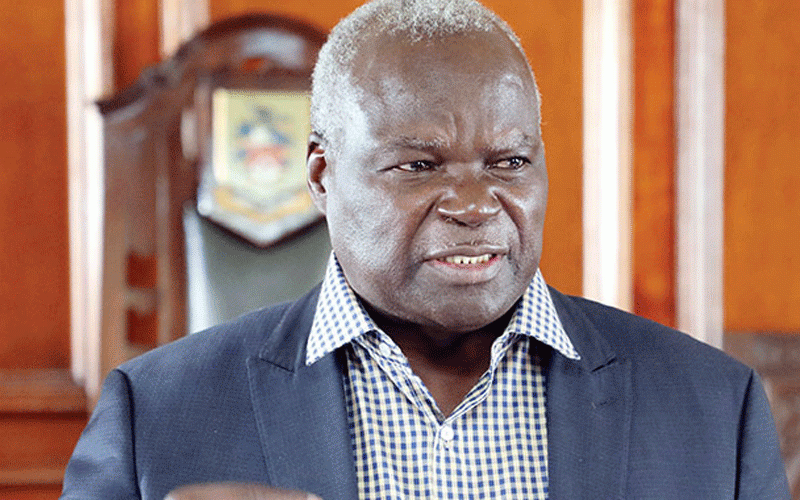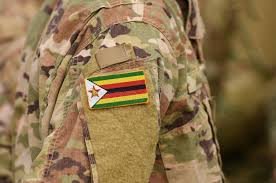
PUBLIC Service, Labour and Social Welfare minister July Moyo says government has a ZWL$200 billion outstanding bill for the Basic Education Assistance Module (BEAM) programme.
BEAM, a social welfare programme whereby government pays tuition fees for the disadvantaged and orphaned children, has over the years been seriously affected by underfunding.
In a presentation at the pre-budget seminar held at the new Parliament building in Mt Hampden last week, Moyo said: “Mismatch between budget disbursement and cash release: for example, under the BEAM programme, from the revised budget of ZWL$86,9 billion, cash availed to date is only ZWL$58,4 billion, leaving a balance of $28,6 billion. Even the revised balance is not adequate to meet the requirements for 2023, as we are currently paying arrears for 2022. The arrears currently stand at ZWL$278 billion.”
In May this year, teachers unions questioned the continued existence of BEAM, describing it as a breeding ground for corruption.
This year, the government assisted 1 515 047 learners with educational assistance under BEAM. Of these, 730 321 were boys and 784 726 were girls. At least 59 701 children were assisted with care and protection services.
Government also reached out to 3 796 961 people with food assistance, where 4 400 metric tonnes of grain were distributed to refugees and asylum seekers at Tongogara Refugee Camp.
Moyo said his ministry had suffered brain drain, something that was compromising service delivery.
“Service delivery by the ministry continues to suffer due to skills flight. This mainly affects social development and labour officers who continue to leave service in large numbers in search of greener pastures abroad,” he said.
- Zimsec reopens 2021 exams registration
- Zimsec reopens 2021 exams registration
- Beam has failed: Artuz
- Child rights activists want Ncube to prioritise education in 2023 budget
Keep Reading
“Mobility is a serious challenge in the ministry, as all the programmes that the ministry administers require transport. The ministry requires an additional 100 vehicles for provinces, districts and institutions across three departments.”










